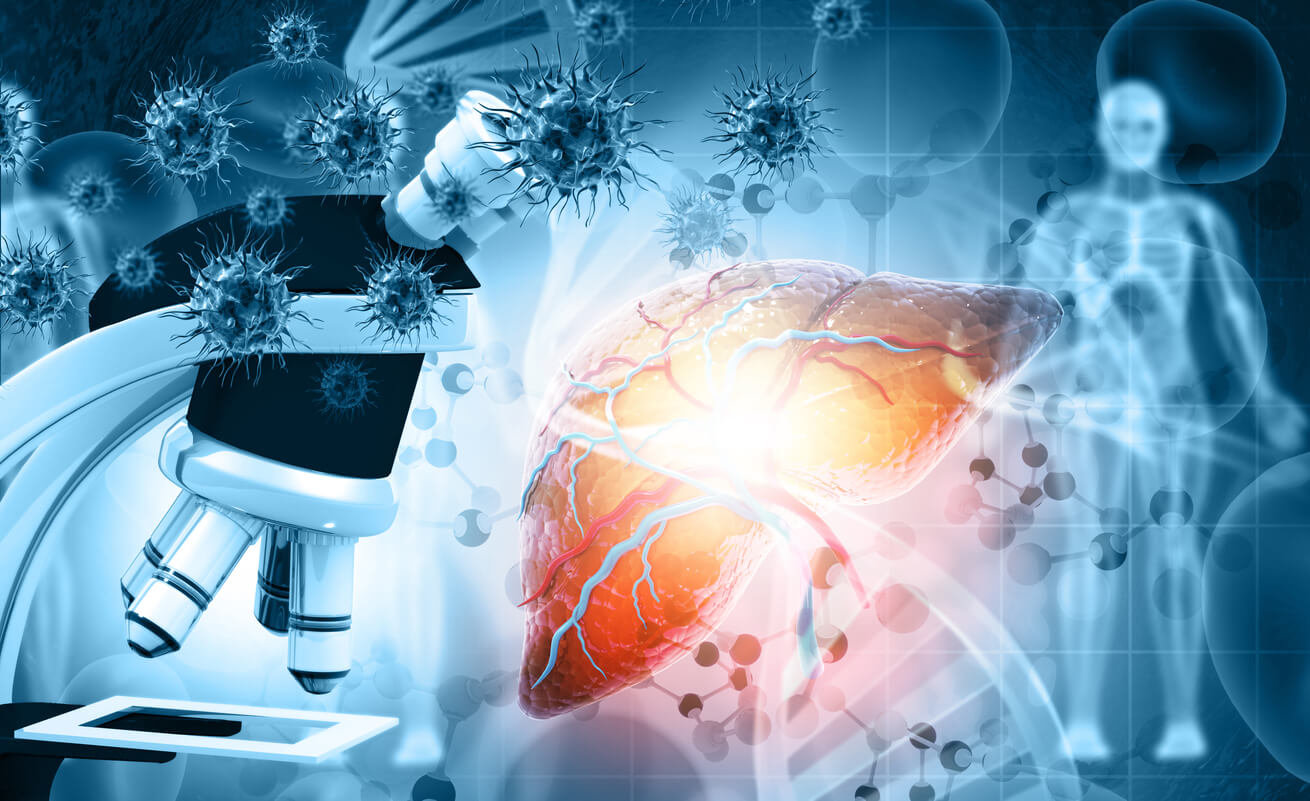- This year's World Hepatitis Day, marked annually on July 28, underscores the urgency of addressing the disease.
- Every day, more than 3,500 people worldwide lose their lives to viral hepatitis-related causes, according to the World Health Organisation (WHO).
This year's World Hepatitis Day, marked annually on July 28, underscores the urgency of addressing the disease with the theme "Hepatitis: Let's Break It Down." Every day, more than 3,500 people worldwide lose their lives to viral hepatitis-related causes, according to the World Health Organisation (WHO).
Despite these staggering numbers, most individuals infected are unaware that they carry the virus. Hepatitis has become one of the deadliest silent epidemics of our time.
The day, observed on the birthday of Nobel Prize-winning scientist Dr. Baruch Blumberg, who discovered the hepatitis B virus, aims to raise global awareness and promote more aggressive intervention.
However, despite decades of scientific progress, viral hepatitis still causes around an estimated 1.3 million deaths every year, placing it in the same league as HIV/AIDS and claiming more lives than malaria or tuberculosis.
Hepatitis is a condition that causes inflammation of the liver and is most commonly triggered by viral infections. There are five main strains — hepatitis A, B, C, D, and E — each with distinct causes, modes of transmission, and health outcomes.
Read More
Hepatitis A and E are usually transmitted through contaminated food or water and are typically acute, resolving without long-term effects. In contrast, hepatitis B, C, and D are spread through contact with infected blood or bodily fluids and are more likely to become chronic, leading to severe conditions such as liver failure or cancer.
Among these, hepatitis B and C are the most concerning globally. Hepatitis B is preventable through vaccination and can be managed with antiviral medication. Hepatitis C, once considered incurable, can now be treated effectively using direct-acting antivirals, offering a complete cure in as little as eight weeks.
Hepatitis D, the rarest form, only infects individuals who already have hepatitis B and tends to worsen the disease's progression.
The worldwide burden remains significant despite the availability of preventive and treatment measures. According to WHO estimates in 2022, 304 million people had chronic hepatitis B or C, although the majority were ignorant of their status.
Globally, there were 2.2 million new infections in that same year. Just 36% of people with hepatitis C and 13% of people with hepatitis B had a diagnosis. Treatment coverage was even lower, at just 3% for hepatitis B and 20% for hepatitis C.
To counter this, WHO introduced the Global Health Sector Strategy 2022–2030, which aims to eliminate viral hepatitis as a public health threat by 2030. The strategies aim to promote synergies under a universal health coverage and primary health care framework and contribute to achieving the goals of the 2030 Agenda for Sustainable Development.
However, progress is lagging in many countries due to financial constraints, weak health systems, and pervasive stigma.
"Let's Break It Down," this year's campaign theme, is a call to take down the complicated hurdles that get in the way of progress.
These include systemic problems like disjointed healthcare systems and inadequate data collection; financial difficulties like the high cost of diagnostics and medication; and social obstacles like stigma and false information that keep people from getting tested or receiving treatment.
Misinformation, in particular, plays a significant role in keeping hepatitis in the shadows. Common misconceptions still exist and hinder care and prevention. The idea that hepatitis only affects drug or alcohol abusers is one of the most dangerous myths.
In actuality, the virus can spread through several ways, including at childbirth, tattooing, and unsafe medical procedures. Routine screening is crucial because, contrary to popular belief, many patients with hepatitis B and C go years without exhibiting any symptoms.
There's also a widespread but false belief that hepatitis C is incurable, even though effective treatments exist like Direct-acting antiviral medicines (DAAs) which can cure more than 95% of persons with hepatitis C infection.
Some assume hepatitis B is rare or not serious, yet WHO estimates that 254 million people were living with chronic hepatitis B infection in 2022, with 1.2 million new infections each year.
Additionally, many people wrongly think that hepatitis cannot be prevented, when vaccines for hepatitis A and B, along with safe injection and hygiene practices, significantly reduce the risk.
In light of these issues, people, communities, and governments need to take action. Testing is the most crucial step, especially for high-risk populations. Vaccination, particularly for hepatitis B, remains one of the most effective preventive measures against the disease.
Governments are encouraged to incorporate hepatitis screening and treatment into primary health care, provide access to affordable medicines, and invest in public awareness campaigns to combat stigma and misinformation.
Employers and institutions also have a role to play by creating hepatitis-friendly environments through workplace education and vaccination drives. Community organisations can support by organising screening events and outreach campaigns, especially in underserved areas.
As World Hepatitis Day 2025 is commemorated globally, the message is clear: viral hepatitis can be eliminated, but only if the world takes action. Tools are available to prevent and treat hepatitis.
What remains is the commitment to break down the barriers — and ensure no one is left behind in the fight against one of the world's most preventable killers.








